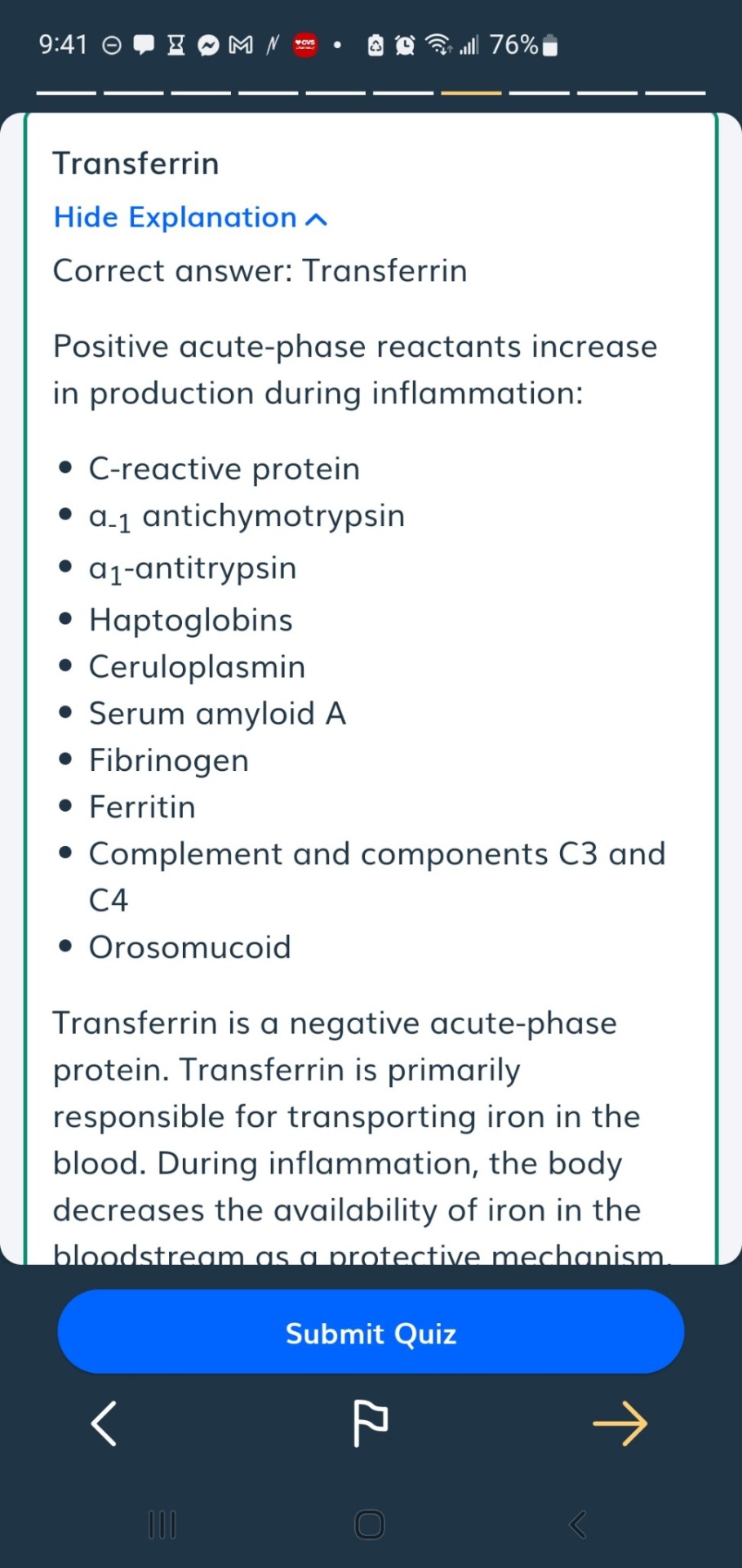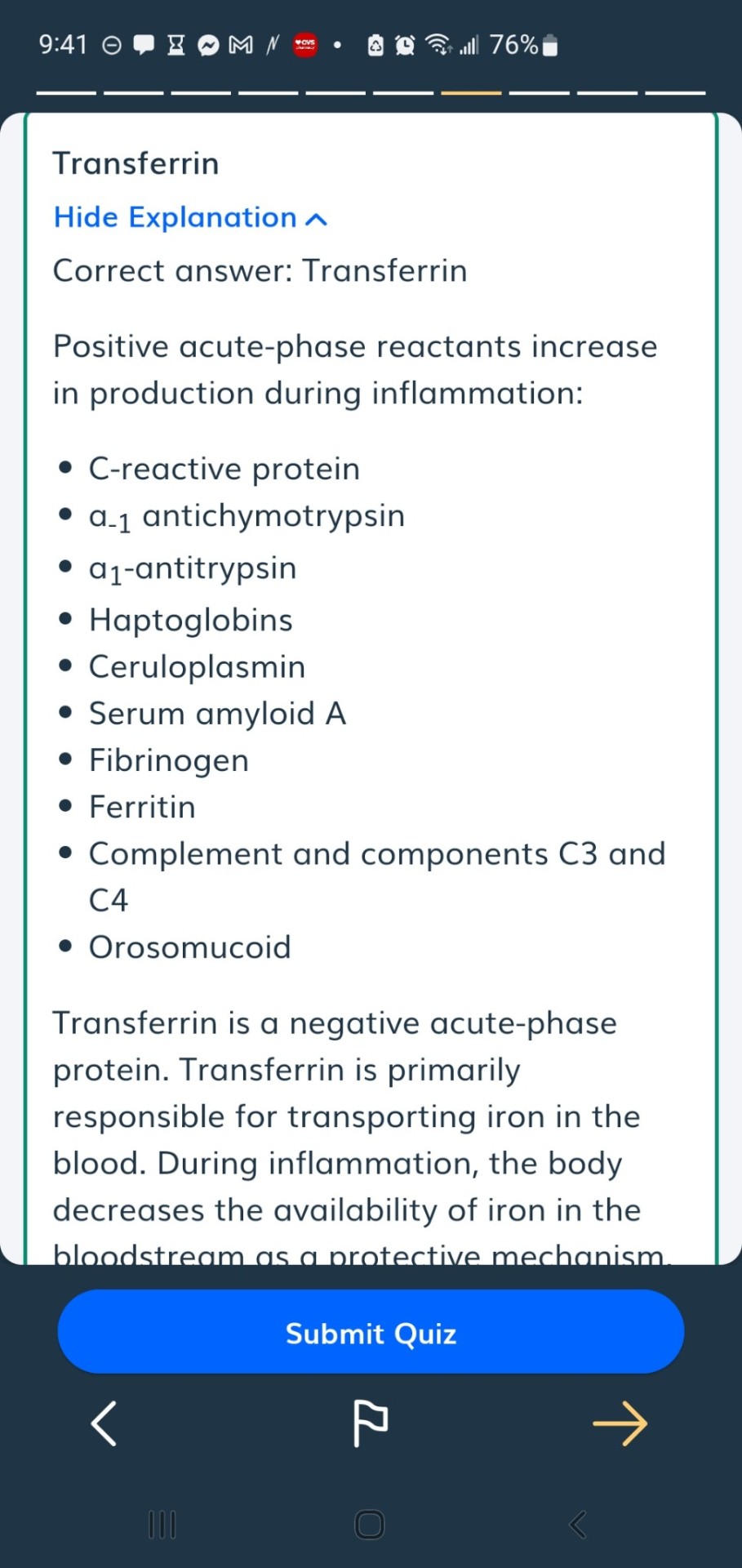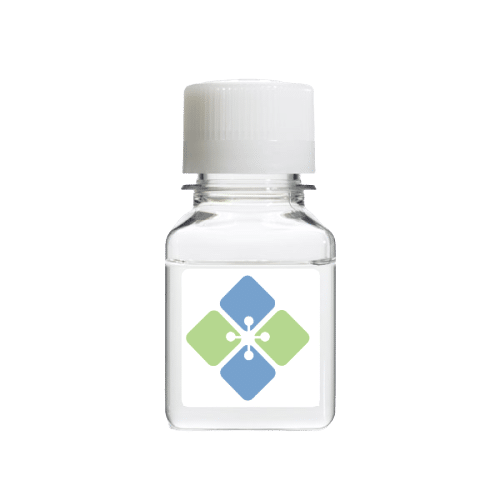#transferrin
Text



2 notes
·
View notes
Text
I really ought to finish these damn Transferrin Saturation paper notes but I'm struggling with the line-by-line horror stories of how fucked up it is.
Like phew I don't even know what's worse:
• Transferrin Saturation as an indicator of Hepcidin production (oop)
• >50% Transferrin Saturation exposure associated with joint symptoms
• High Transferrin Saturation (>50%) also associated with the appearance of NTBI (Non-transferrin bound iron), which is likely linked to things like *organ damage*
• Therapeutic Phlebotomy treatment linked to an INCREASED iron absorption after procedures because (somehow. I haven't found exactly HOW yet) it decreases Hepcidin production.
It's such a fucking hot mess like what do we even DO with this information??? There's no hepcidin synthetics from a few (admittedly quick) googles (I *did* check the clinical trials website and nothing of interest/help). The paper in question talks about how a Melbourne study suggests that it may be more beneficial to *NOT* treat mild cases of iron overload. Which I find wild because the same paper also points out that a low ferritin does not mean you have a low transferrin saturation, and it's exposure to a high TS% over a long period of time that seems to be associated with worsening symptoms (particularly joint pain, ability to do work, athletic ability, and libido).
From my brief googles, there's no easy lab tests for Hepcidin. There's no easy lab tests for NTBI. These are things that could be doing who-knows-what and we can't even tell.
Add to it the whole Estradiol/Hepcidin link and it just all is an absolutely hot mess and do not like the implications of where this leads nor the fact that it seems very few people in research world have looked at this. (I'm not surprised. I'm not fucking surprised. They love to run with the myth that women with haemochromatosis are protected by their periods. In the words of a specialist I absolutely loathed, "you're self medicating with periods". Yeah. Sure. Tell that to my 18 year old self. Tell that to anyone who either knowingly or unknowingly is taking a Contraceptive Pill that has iron tablets instead of sugar placebos. [Because I only just found out THAT is a thing. I was always so worried about what's in the hormone tablets, but this was a whole new level of 'wot'].)
I'm rambling because I keep stopping every couple of sentences. This paper goes hard. Sure it's not perfect and there's a lot of unanswered questions too but there's plenty of food for thought and ooooh boy I'm sorry Dr Haemotologist Sir, it's gonna be one hell of an introduction session.
#rambles#iron#iron metabolism#haemochromatosis#hemochromatosis#transferrin saturation#ntbi#non-transferrin bound iron#hepcidin#estradiol#venesection#phlebotomy#an Etlu is angy about the state of play with iron metabolism and haemochromatosis research yet again#if I'm not careful I /will/ end up seeking out that biomed degree and doing it myself#(I'm so tired of being told women aren't a concern)#(like literally most of the BBC interviews are young women with the disease)#(can we just actually acknowledge that it affects young women and start looking into HOW it affects us)#(still pretty darn sure that >90 ferritin contributes to my PMDD mood swings)
5 notes
·
View notes
Text
might start the painstakin process of transferrin my queue from my old blog to this blog then delete the old one
9 notes
·
View notes
Text

TIMING: Recent, but not current.
LOCATION: Prickly Pear Acres
SUMMARY: Monty talks to Daisy about something important.
—
The afternoon sun bore down on the figures that milled about the farm doing their chores, bringing with it a heat that even the undead could feel. One in particular was carrying bales of hay from his work truck to the nearby barn, ignoring the craned necks and hoof stamps of greedy horses in the stalls that he passed. It wasn’t until the truck bed was empty and the task complete that he stopped, pulling off his gloves and stuffing them in the back pocket of his jeans, lifting the stetson hat off his head to run a hand through his long hair and push it back from his face.
As he lowered it back into place, he heard footsteps approaching him from behind. Turning to see a familiar face headed his way, the cowboy smiled.
“Hey, Dais,” he said affectionately as she drew near, her pale skin and dark braid a much more stark contrast of color than his own tanned hide and light brown mop of hair, made lighter over the years by sun exposure. She smiled right back at him, though there was a hint of worry in her expression—which made sense, since it was unusual for him to request to speak to her alone. “Just finished up here, let’s, um… let’s go up to the house,” he suggested, motioning for her to follow. She did so, but her brows were knitted as she climbed into the passenger seat of the truck, waiting for Monty to raise the tailgate and get in the driver’s side.
“What’s this about, boss?” she asked curiously, glancing over at him as he drove them up the dirt road to the house atop the hill. He just chuckled and shook his head and gave no answer, which piqued her curiosity further. “I ain’t in trouble, am I?” At that, Monty let out an actual laugh, sparing her a quick glance.
“What? No, dios… no. Nothing like that. I just wanted to… well, you will see.”
She wouldn’t get anything more out of him until they were inside the house, boots removed and hats hung by the door. Following him to the kitchen, the woman slowed as she saw a bunch of papers strewn about the old wooden kitchen table. “... what’s this?”
Monty sighed, approaching the table and tapping his fingers against its surface as he looked down at the documents. The air suddenly felt very thick, and he wasn’t sure why it was such a difficult thing to get out. Perhaps he was afraid she’d say no—or maybe he was more afraid she’d say yes. “This… is…” He spoke slowly, like he was taking great care to consider each word before it left his lips. His gaze leaped up to meet hers, and he appeared anxious. “The deed to the farm. And some other… various things, you know more about this than me—”
“Are you sellin’ the farm?!” Daisy bleated fearfully. Oh. Oh, no. Monty hadn’t considered that that was how this would look and he quickly stepped toward her, hands hovering over her arms for a moment before being awkwardly pressed back against his own sides.
“No! No, Dais, I wouldn’t—this is not like that, ahh—” He squinted his eyes closed for a moment and paused, trying to anchor himself. “It’s—I want you to have it.”
“... what?”
“The farm. I want you to have it.”
“Me? But—” She looked confused, her bright eyes darting from the paperwork then back to her friend. “But what—why? Why do you…” She couldn’t seem to decide which question to ask first. “... are you leaving?” The sudden drop in her tone that was now laced with sadness made the guilt come creeping back.
“I’m… not, no. Not really. I would still… be here. I would still work. But I… I just think you would do better running this place, Daisy. I really do.”
“Bullshit, Monty. That’s bullshit n’ you know it! If you’re still gonna be here, why even bother with transferrin’ anythin’ to me?” He flinched away from her, stepping back toward the table and letting his gaze rake over its surface.
“Because I… I need… time. For me.” He glanced back at her, worrying his lower lip for a moment before continuing. “I have been working almost every day since I died, hermana. I want to… experience things. Things I have never given myself the time to enjoy.”
Her expression softened and she took a steadying breath, moving to meet him again and wrap her arms around him in a hug. He tried very gently to pull away at first, but quickly accepted his fate and just stood there, feeling bad for even having asked.
“Okay,” came her mumbled response, her eyes staring out the kitchen window at the bustling farm that lay outstretched at their doorstep. She’d never done this on her own, though it was true she was more equipped to handle the business side of things than her partner had ever been. But that didn’t mean he was useless, far from it—he had so many years of experience, more than any of the undead that worked here. He’d always been a valuable resource and a well of knowledge. And even though he insisted that he wouldn’t be leaving, she knew it meant she’d be seeing less and less of him. Especially now that he had Kaden in his life—she imagined that some day, that meant he’d move off the farm entirely to go pursue whatever kind of life they wanted to build together. And that was okay. He was allowed to want that. She was sad about it, but she was also happy that he was finally giving himself that freedom he needed to enjoy the time he’d been given. “Okay, darlin’. If that’s what you want, then we can do that.”
The relief was instant and Monty finally lifted his arms to hug Daisy back, surprised to find that his eyes were wet. “Thank you,” he breathed, giving her a squeeze before pulling back to look at her, a soft smile tugging the corners of his mouth. Her hands moved to frame his face and he let out a breathy chuckle, now feeling guilty and like a fool, but what else was new? Daisy’s eyes shone with tears as well and he wondered what exactly it was that was making her cry, but he wouldn’t ask.
His hands circled around her wrists and he smiled wider. “I love you,” she said, giving her head a small shake. Monty nodded between her palms.
“Yo te amo también, Daisy.”
7 notes
·
View notes
Note
Forgive anon's ignorance, Masa, but what are lysozyme and lactoferrin used for?

Uhhh...Nakamura?

Lactoferrin is a multifunctional protein of the transferrin family, and is found in whey milk produced by most mammals. Lysozyme is a ~14 kDa protein present in many mucosal secretions and tissues of animals and plants, and plays an important role in the innate immunity, providing protection against bacteria, viruses, and fungi.

Both can be added to baby formula for health benefits if the mother isn't able to nurse.
#danganronpa#nwpm#neo world program monitor#masa esumi#kyoji nakamura#a student out of time#DR#The Price of Fate arc
7 notes
·
View notes
Text
My attending in clinic told me yesterday that the bone marrow makes blood at night, which is why restless leg syndrome occurs at night. Requip (ropinirole) has been used to treat RLS, but it actually makes it worse! You should check transferrin in pts with RLS. Low iron is common in people with RLS and treating low iron treats RLS.
18 notes
·
View notes
Note
get them out

transferrin them to my brain immediately
16 notes
·
View notes
Text
good news: i think i finally figured out what has been causing me to have consistently low transferrin saturation & anemia symptoms despite normal & even occasionally elevated serum ferritin / normal hemoglobin & RBC
very funny & also possibly bad news: it's called "anemia of inflammation" & it happens as a secondary symptom of autoimmune disease. the rest of my workup around that time screams arthritis, including one abnormal test result that is found almost ONLY in arthritis & a particular type of blood or bone cancer, not even other autoimmune diseases. so we are back to the Psoriatic Arthritis Theory, baby
how is this real: https://rarediseases.org/rare-diseases/anemia-of-chronic-disease/
#'anemia of inflammation' are you fucking kidding me lmao#whenever they test my blood all they find is Inflammation NOS#well maybe you should figure out what is making me so inflamed buddy!!!
10 notes
·
View notes
Text
DYNE-251 for the treatment of Duchenne Muscular Dystrophy Received FDA Fast Track Designation
HK-Magicure -- On October 31, Dyne Therapeutics announced that the U.S. FDA has granted Fast Track designation for DYNE-251 for the treatment of Duchenne muscular dystrophy (DMD) mutations amenable to exon 51 skipping. DYNE-251 is being evaluated in the Phase 1/2 DELIVER global clinical trial.

DYNE-251 is Dyne’s product candidate being developed for people living with Duchenne muscular dystrophy (DMD) who are amenable to exon 51 skipping. DYNE-251 consists of a phosphorodiamidate morpholino oligomer (PMO) conjugated to a fragment antibody (Fab) that binds to the transferrin receptor 1 (TfR1) which is highly expressed on muscle. It is designed to enable targeted muscle tissue delivery and promote exon skipping in the nucleus, allowing muscle cells to create a truncated, functional dystrophin protein, with the goal of stopping or reversing disease progression.
In preclinical studies, robust and durable exon skipping and dystrophin expression were observed in the mdx mouse model in skeletal and cardiac muscle as well as reduced muscle damage and increased muscle function. In non-human primates, DYNE-251 demonstrated a favorable safety profile.
DELIVER is a Phase 1/2 global clinical trial evaluating DYNE-251, consisting of a 24-week multiple ascending dose (MAD) randomized placebo-controlled period, a 24-week open-label extension and a 96-week long-term extension. The trial, which is designed to be registrational, is expected to enroll approximately 46 ambulant and non-ambulant males with DMD who are ages 4 to 16 and have mutations amenable to exon 51 skipping therapy. The primary endpoints are safety, tolerability and change from baseline in dystrophin levels as measured by Western blot. Secondary endpoints include measures of muscle function, exon skipping and pharmacokinetics. Dyne anticipates reporting data from the MAD placebo-controlled portion of the DELIVER trial on safety, tolerability and dystrophin in the second half of 2023.

About Duchenne Muscular Dystrophy (DMD)
Duchenne Muscular Dystrophy (DMD) is a rare disease caused by mutations in the gene that encodes for dystrophin, a protein critical for the normal function of muscle cells. These mutations, the majority of which are deletions, result in the lack of dystrophin protein and progressive loss of muscle function.
DMD occurs primarily in males and affects an estimated 12,000 to 15,000 individuals in the U.S. and 25,000 in Europe. Loss of strength and function typically first appears in pre-school age boys and worsens as they age. As the disease progresses, the severity of damage to skeletal and cardiac muscle often results in patients experiencing total loss of ambulation by their early teenage years and includes worsening cardiac and respiratory symptoms and loss of upper body function by the later teens. There is no cure for DMD and currently approved therapies provide limited benefit.
For more articles on medicines, click here: hkmagicure
Hong Kong Magicure Medical Center has long been focusing on the import and export of new drugs, special drugs and rare disease drugs in the field of oncology. Welcome to inquiry: [email protected].
3 notes
·
View notes
Text



#dietetics#positive acute phase proteins#negative acute phase proteins#acute phase proteins#ferritin#transferrin#haptoglobin#CRP#C reactive protein#albumin#prealbumin
1 note
·
View note
Text
The downside of going over these papers about things your body does is that you're very aware *your body does these things* and it's a mild crossover between existential crisis and body horror with every subsequent sentence you read.
"Even when recommended serum ferritin levels are achieved by maintenance therapy, patients remain at risk of developing or worsening general symptoms and joint symptoms, which greatly affects their quality of life"
Guys I know you're trying to find out this stuff in this paper but throwaway lines like this do nOT fill me with an overwhelming sense of hope ;;;;;
#rambles#haemochromatosis#transferrin saturation#ferritin#maintenance#chronic illness#chronic condition#I know where this paper goes and STILL it's a crisis every second line c'mon brain pull yourself together#all the doctors saying TS% is “nothing to worry about” pfpfffpfffff please. PLEASE. Y'all keep saying that because you don't actually KNOW#I'm so mad a bout this#when it hits 50% it's an indicator of NTBI - the BAD iron that does ACTUAL DAMAGE#and I had normal ferritin ranges at one point (almost anemic) and YET HAD A TS% OF 78%? LIKE COME ON HOW IS THAT “nothing to worry about”??
1 note
·
View note
Text
Kinda feel like death. Difficulty breathing, lightheaded, utterly exhausted, don’t even want to go on trip Thursday. This anemia is kicking my ass. Have appointment Wednesday to discuss plan. Hopefully start IV iron since the feramax isn’t doing shit. Iron plasma 3, Ferritin 7, transferrin saturation 5%. WHY IS EVERYTHING SO LOW?!?
2 notes
·
View notes
Text
Soluble Transferrin Receptor (sTfR) Recombinant
Soluble Transferrin Receptor (sTfR) Recombinant
Catalog number: B2016380
Lot number: Batch Dependent
Expiration Date: Batch dependent
Amount: 50 ug
Molecular Weight or Concentration: 73800 Da
Supplied as: Powder
Applications: a molecular tool for various biochemical applications
Storage: -20 °C
Keywords: Recombinant soluble transferrin receptor (sTfR)
Grade: Biotechnology grade. All products are…

View On WordPress
0 notes
Text
Understanding CSF Rhinorrhea: Causes, Symptoms, and Treatment

Cerebrospinal fluid (CSF) plays a crucial role in protecting the brain and spinal cord, acting as a cushion against injury and providing essential nutrients. However, when CSF leaks out of the nasal passages, a condition known as CSF rhinorrhea occurs, posing potential risks to health and requiring prompt medical attention. In this article, we delve into the causes, symptoms, and treatment options for CSF rhinorrhea.
What is CSF Rhinorrhea?
CSF rhinorrhea refers to the leakage of cerebrospinal fluid from the skull base into the nasal passages. This leakage can result from a tear or hole in the membranes surrounding the brain and spinal cord, typically caused by trauma, such as a head injury or surgery. In some cases, CSF rhinorrhea can also occur spontaneously without any apparent cause.
Causes of CSF Rhinorrhea:
Trauma: Head injuries, particularly those involving fractures to the skull base, can disrupt the integrity of the membranes that contain CSF, leading to leakage.
Surgery: Certain surgical procedures, such as those involving the sinuses or skull base, can inadvertently cause damage to the membranes, resulting in CSF rhinorrhea.
Congenital Abnormalities: Rarely, individuals may be born with defects in the skull base or the membranes surrounding the brain, predisposing them to CSF leakage.
Idiopathic: In some cases, the exact cause of CSF rhinorrhea remains unknown, and it may occur spontaneously without any preceding trauma or surgery.
Symptoms of CSF Rhinorrhea:
The hallmark symptom of CSF rhinorrhea is the persistent discharge of clear fluid from one or both nostrils. This fluid may increase with changes in position, such as bending forward, coughing, or straining. Other symptoms may include:
Headaches, particularly when lying down
Stiff neck
Sensation of fluid trickling down the throat
Recurrent or severe sinus infections
Taste of saltiness in the back of the throat
It is essential to differentiate CSF rhinorrhea from other causes of nasal discharge, such as allergies or viral infections. Unlike CSF, nasal secretions from these conditions are typically cloudy or colored.
Diagnosis and Treatment:
Diagnosing CSF rhinorrhea often involves a combination of medical history, physical examination, and diagnostic tests. Imaging studies, such as MRI or CT scans, can help identify the site and extent of CSF leakage. In some cases, a specialized test called beta-2 transferrin analysis may be performed on the nasal fluid to confirm the presence of CSF.
Once diagnosed, treatment aims to repair the site of CSF leakage and prevent future episodes. Depending on the cause and severity of the condition, treatment options may include:
Conservative Management: In cases of mild CSF rhinorrhea, conservative measures such as bed rest, elevation of the head, and avoidance of activities that increase intracranial pressure may be sufficient.
Surgical Repair: For persistent or recurrent CSF rhinorrhea treatment, surgical intervention may be necessary to repair the site of leakage. This may involve endoscopic techniques or open surgical procedures, depending on the location and extent of the defect.
CSF Shunting: In rare cases where surgical repair is not feasible or unsuccessful, a CSF shunt may be implanted to divert the flow of CSF away from the nasal passages.
Conclusion:
CSF rhinorrhea is a potentially serious condition that requires prompt medical evaluation and treatment. While it can occur due to various causes, timely diagnosis and appropriate management can help prevent complications and improve outcomes for affected individuals. If you experience persistent nasal discharge or other symptoms suggestive of CSF rhinorrhea, it is crucial to consult a healthcare professional for further evaluation and management.
#csf rhinorrhea#cerebrospinal fluid#csf rhinorrhea diagnosis#csf rhinorrhea symptoms#CSF rhinorrhea treatment in Delhi
0 notes
Text
Cell Culture Reagents: Essentials for Successful Cell Research
Cell culture plays a vital role in modern biomedical research, allowing scientists to study the behavior of cells in controlled laboratory settings. Central to any cell culture experiment are the reagents, which are essential components that support cell growth, proliferation, and experimentation. This article serves as a comprehensive guide to the essential cell culture reagents required for successful cell research, covering their functions, applications, and best practices for use.
Growth Media
Growth media are nutrient-rich solutions that provide cells with the essential nutrients, vitamins, minerals, and growth factors necessary for their survival and proliferation. There are various types of growth media available, each formulated to support the specific requirements of different cell types. Common types of growth media include Dulbecco's Modified Eagle Medium (DMEM), RPMI 1640, and Minimum Essential Medium (MEM). It's essential to select the appropriate growth medium based on the cell type being cultured and the experimental objectives.
Fetal Bovine Serum (FBS)
Fetal bovine serum (FBS) is a critical component of many cell culture media formulations. FBS contains a complex mixture of growth factors, hormones, proteins, and other factors that support cell growth and viability. It provides essential nutrients and promotes cell attachment, proliferation, and differentiation. However, it's essential to use high-quality FBS from reliable sources to ensure consistency and reproducibility in cell culture experiments.
Antibiotics and Antimycotics
Contamination with bacteria, fungi, or mycoplasma can compromise the integrity of cell culture experiments and lead to inaccurate results. Antibiotics and antimycotics are commonly added to cell culture media to prevent microbial contamination. Common antibiotics used in cell culture include penicillin-streptomycin and gentamicin, while antimycotics such as amphotericin B or fungizone are used to prevent fungal contamination. It's crucial to use antibiotics and antimycotics judiciously to avoid potential adverse effects on cell growth and function.
Serum-Free Media Supplements
In some cell culture applications, researchers may opt for serum-free or defined media formulations to minimize variability and enhance reproducibility. Serum-free media supplements are designed to replace or reduce the dependency on FBS while still providing the necessary nutrients and growth factors for cell growth. These supplements may include insulin, transferrin, selenium (ITS), bovine serum albumin (BSA), and various growth factors and cytokines tailored to specific cell types and applications.
Cell Detachment Reagents
During routine cell culture maintenance or experimental procedures, it's often necessary to detach cells from the culture vessel for subculture, analysis, or further experimentation. Cell detachment reagents facilitate the gentle and efficient dissociation of adherent cells from the culture substrate. Common cell detachment reagents include trypsin-EDTA, accutase, and enzyme-free cell dissociation buffers. Proper selection and optimization of cell detachment reagents are essential to ensure high cell viability and minimal disruption of cell function.
Cell Counting and Viability Assays
Accurate cell counting and viability assessment are essential for quantifying cell populations, monitoring cell growth, and evaluating the effects of experimental treatments. Cell counting reagents, such as trypan blue exclusion, hemocytometers, and automated cell counters, allow researchers to determine cell concentration and viability with precision and reproducibility. These assays are critical for maintaining optimal cell culture conditions and interpreting experimental results accurately.
Cryopreservation Reagents
Cryopreservation is a method used to preserve cells for long-term storage by freezing them at ultra-low temperatures. Cryopreservation reagents, such as dimethyl sulfoxide (DMSO) and cryoprotective agents, help protect cells from damage during the freezing and thawing process. Proper cryopreservation techniques and reagent formulations are essential to maintain cell viability and functionality over extended periods. Cryopreserved cells can be thawed and revived as needed for downstream experiments, providing a renewable source of cells for research purposes.
Cell Differentiation and Specialized Culture Reagents
In addition to basic cell culture reagents, specialized reagents may be required for specific applications such as cell differentiation, cell lineage tracing, or organoid culture. These reagents may include growth factors, cytokines, differentiation inducers, extracellular matrix components, or small molecules that modulate cell behavior and function. Proper selection and optimization of specialized culture reagents are essential to replicate physiological conditions and study complex cellular processes accurately.
Conclusion
Cell culture reagents are essential components of any cell culture experiment, providing the necessary nutrients, growth factors, and support systems for cell growth, maintenance, and experimentation. By understanding the functions and applications of various cell culture reagents and following best practices for their use, researchers can ensure the success and reproducibility of their cell culture experiments. Whether studying basic cell biology, disease mechanisms, drug discovery, or regenerative medicine, the right combination of cell culture reagents is essential for advancing scientific knowledge and translating research findings into clinical applications.
1 note
·
View note
